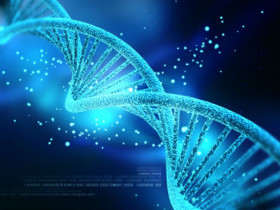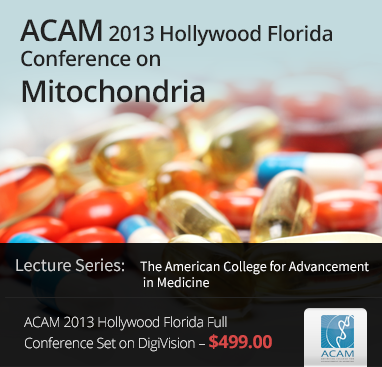- Dr. Sangeeta Pati - Hormones, Nutrition, Detoxification, Mind, and Body
- IV Nutrition Textbook
- IV Nutrition and BHRT Workshops - by Central Drugs
- Regenerative Business Summit by Medfit
- Cash Practice Success Summit
- Special Topic Sets on Hormones, Weight Loss, Stem Cells, Cancer, Sex, and more
- Ron Rothenberg, MD Special Set
- Thierry Hertoghe, MD Special Set

Thank you for that kind introduction. And I also wanted to thank the AMG for allowing us to speak about this very interesting topic. It was great that we had two fantastic lectures on not just omics and epigenetics, but also tying it altogether clinically. And I will do my best not to repeat any information, but I will also do my best to try to pedagogically go through this complex thing that we call the epigenetics and imprinting.
In terms of disclosures, I have no professional, personal or financial interest in any of the devices or techniques that I am presenting today, but I will tell you very honestly that I’ve been holding on to this lecture for the last fifteen years. I’ve been working on methylation since 1997, and it’s been very difficult to find anybody who is willing to listen to me in any lecture hall for the last 10 years, and finally my time has come along. And my wife called me this morning, she goes: “So what are you talking about honey”, and I’m like: “Methylation”, and she’s like: “You gotta be kidding me! Are these people actually paying money for you to talk about methylation?” And so, the way in which I’ve been doing this lecturing talk over the last 10 years has been, with a captive audience - usually my wife in a car when we are driving somewhere - I say: “Hey, let’s talk about methylation for a while”, and she said: “Please, if you this lecture, please just don’t tell your bad jokes.” So, for those of you that get the reference, this is from Pulp fiction and Christopher Walken was referring to a watch that he has saved for a colleague’s son. And those of you that don’t know about this, just go ahead and rent the movie and you will get the joke.
So let’s start out from the beginning. Why is it that we are concerned about the epigenetics in the first place? Well, the reason why is because we thought for the very longest time that everything was programmed so simply and easily. We would go from DNA that would get transcribed to RNA, and then translated into protein. And the way in which things were regulated way by the sequence over the base pairs that were on the DNA. Well, as we started doing more sequencing data for things like tumors and cancers, we started finding out: “Well, there is a subset of people that got that prostate cancer, but they don’t have the sequence mutation. What’s going on?” And I got stuck in a very ugly situation during my fellowship at UCLA where I was doing the sequencing and I couldn’t find the mutation.
To purchase the whole video lecture, click here.
Oct
19,
2015






